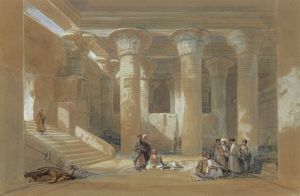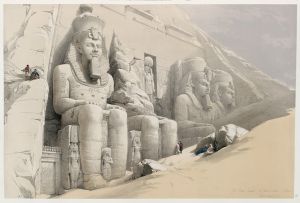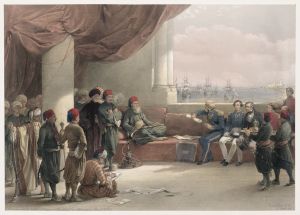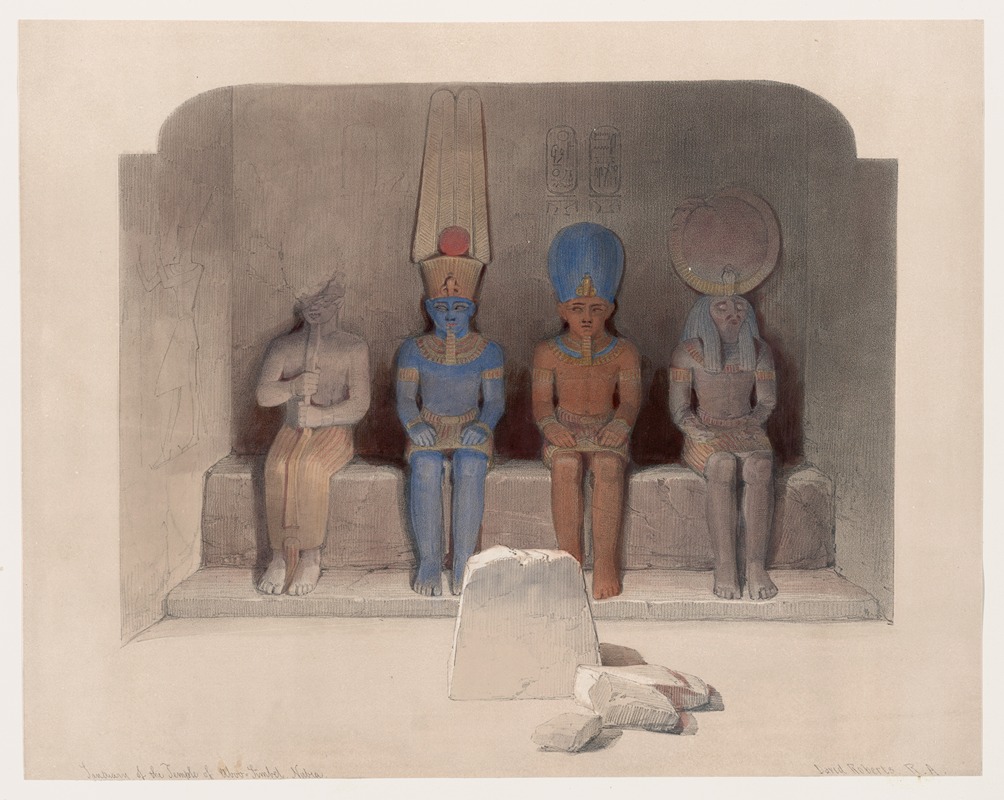
Sanctuary of the Temple of Aboo-Simbel, Nubia.
A hand-painted replica of David Roberts’s masterpiece Sanctuary of the Temple of Aboo-Simbel, Nubia., meticulously crafted by professional artists to capture the true essence of the original. Each piece is created with museum-quality canvas and rare mineral pigments, carefully painted by experienced artists with delicate brushstrokes and rich, layered colors to perfectly recreate the texture of the original artwork. Unlike machine-printed reproductions, this hand-painted version brings the painting to life, infused with the artist’s emotions and skill in every stroke. Whether for personal collection or home decoration, it instantly elevates the artistic atmosphere of any space.
"Sanctuary of the Temple of Aboo-Simbel, Nubia" is a lithograph created by the Scottish artist David Roberts in the 19th century. It is part of his renowned series of works documenting the landscapes, architecture, and monuments of Egypt and the Near East. This particular piece depicts the interior of the Great Temple of Abu Simbel, one of the most famous archaeological sites in Nubia, located in present-day southern Egypt near the border with Sudan.
The Great Temple of Abu Simbel was constructed during the reign of Pharaoh Ramesses II in the 13th century BCE. It was dedicated to the gods Amun, Ra-Horakhty, and Ptah, as well as to Ramesses II himself. The temple is renowned for its colossal statues of the pharaoh and its intricate carvings, which celebrate his military victories and divine status. The sanctuary, the innermost part of the temple, houses seated statues of the gods and Ramesses II, which are illuminated by sunlight on specific days of the year, a testament to the advanced engineering skills of the ancient Egyptians.
David Roberts visited Abu Simbel during his travels in Egypt and Nubia in 1838-1839. His journey was part of a larger expedition to document the region's historical and cultural landmarks. Roberts created detailed sketches and studies on-site, which were later transformed into lithographs by Louis Haghe, a prominent Belgian lithographer. These lithographs were published in the monumental work The Holy Land, Syria, Idumea, Arabia, Egypt, and Nubia between 1842 and 1849. The publication was highly influential in Europe and contributed to the growing fascination with ancient Egypt during the 19th century.
The lithograph captures the grandeur and mystery of the temple's sanctuary, with its towering columns, intricate carvings, and statues. Roberts' artistic style combines accuracy with a romanticized vision, emphasizing the scale and majesty of the ancient structure. His works are considered significant both as artistic achievements and as historical records of sites that were not widely accessible at the time.
"Sanctuary of the Temple of Aboo-Simbel, Nubia" remains an important visual document of the temple before the relocation of the Abu Simbel complex in the 1960s. The relocation was undertaken to save the site from flooding caused by the construction of the Aswan High Dam. Today, Roberts' lithographs are valued for their historical significance and their role in shaping Western perceptions of ancient Egypt.





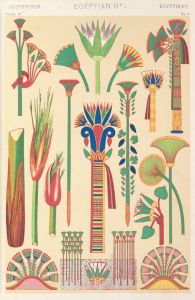
![Great gateway leading to the Temple of Karnac [Karnak], Thebes. [Title vignette, vol. 2]](/imgs/217399/s/david-roberts-great-gateway-leading-to-the-temple-of-karnac-karnak-thebes-title-vignette-vol-2-29844773.jpg)
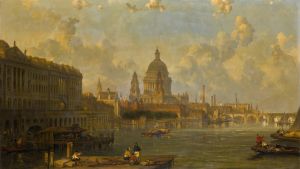
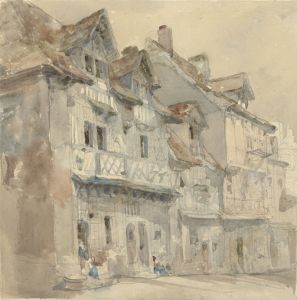
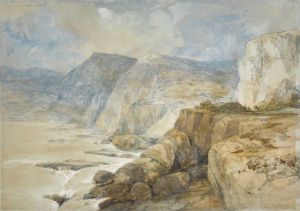
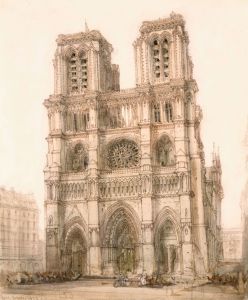
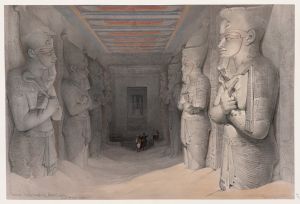
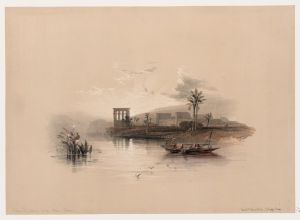
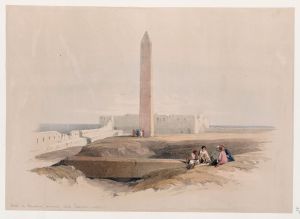
![Portico of the Temple of Edfou [Idfû], Upper Egypt. Nov. 23rd, 1838.](/imgs/217527/s/david-roberts-portico-of-the-temple-of-edfou-idfu-upper-egypt-nov-23rd-1838-79b6cf5b.jpg)
